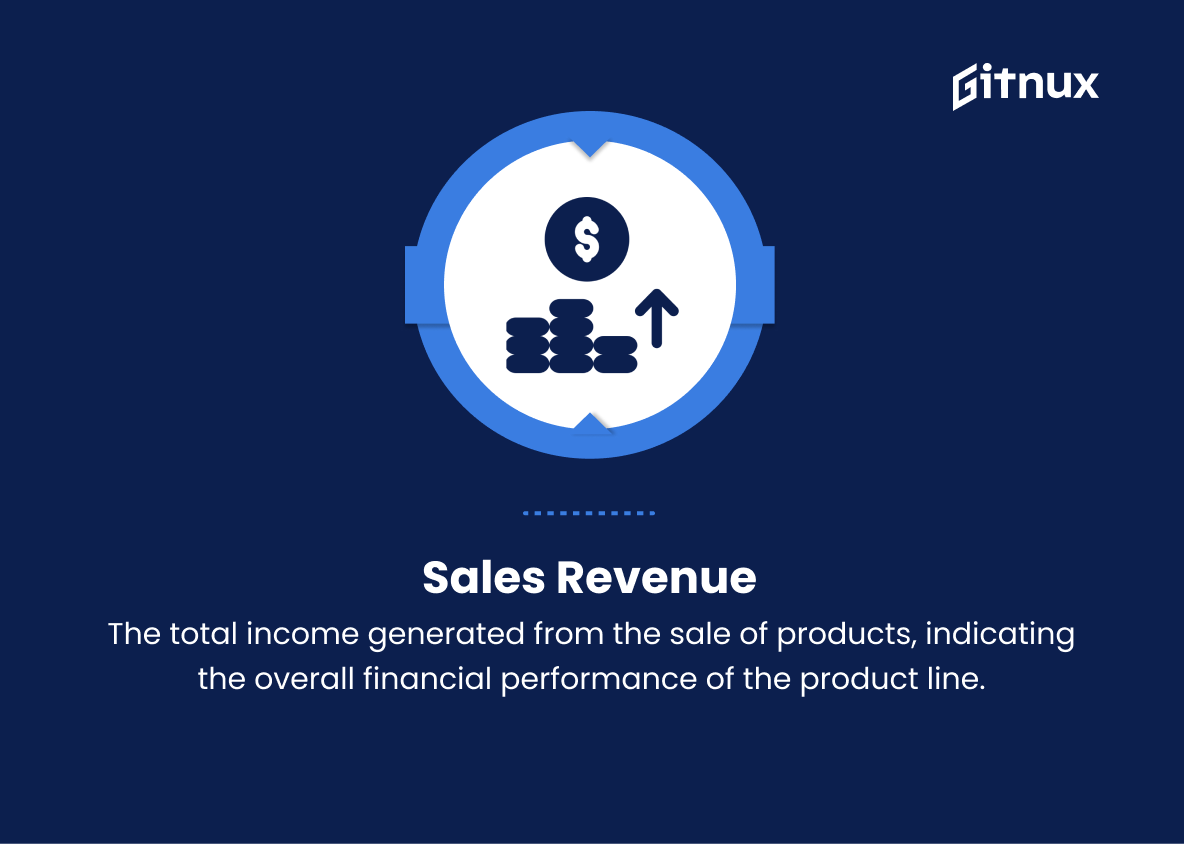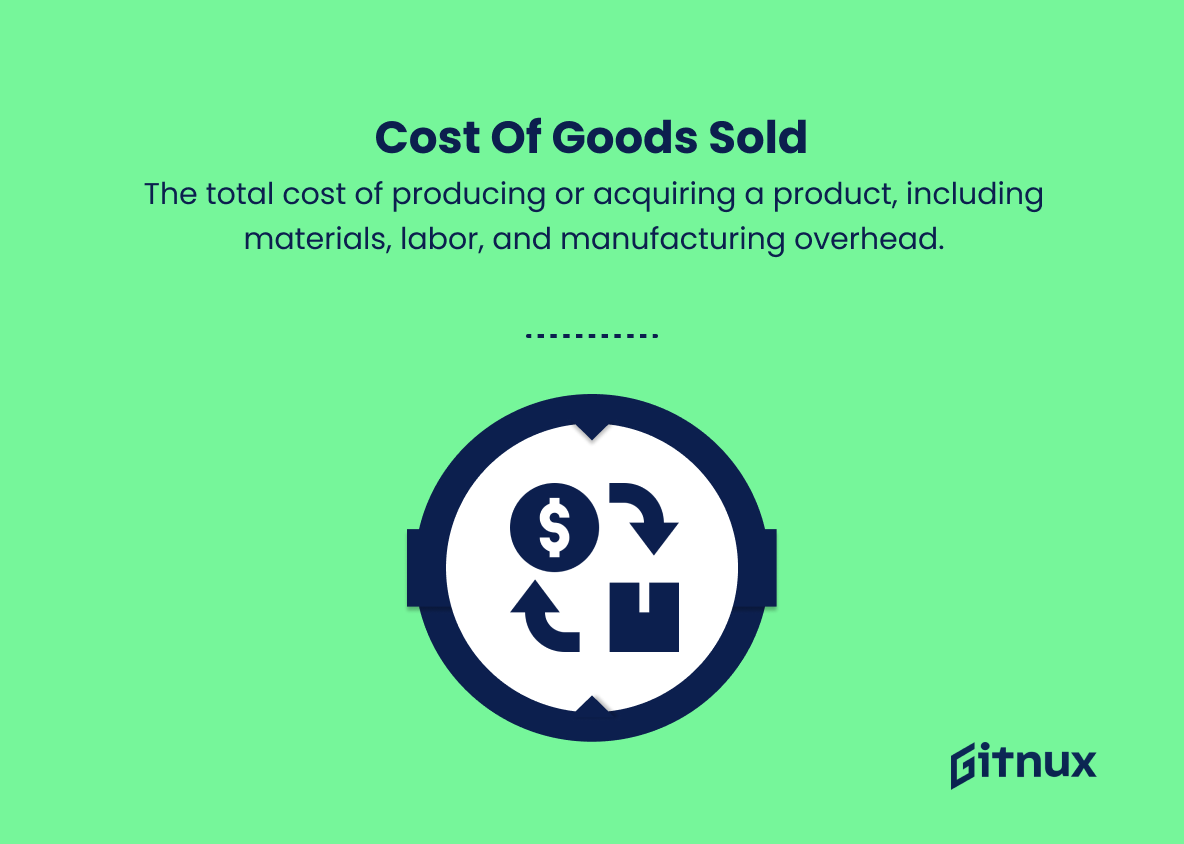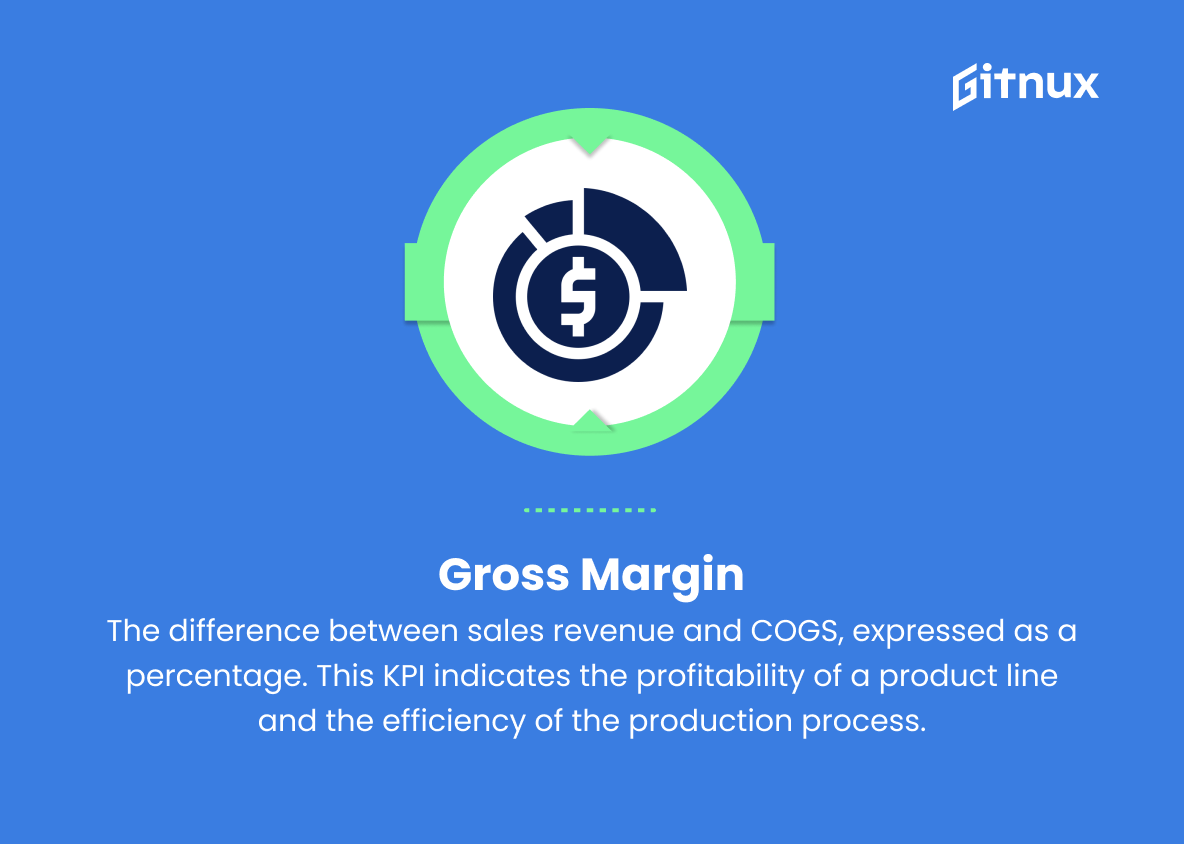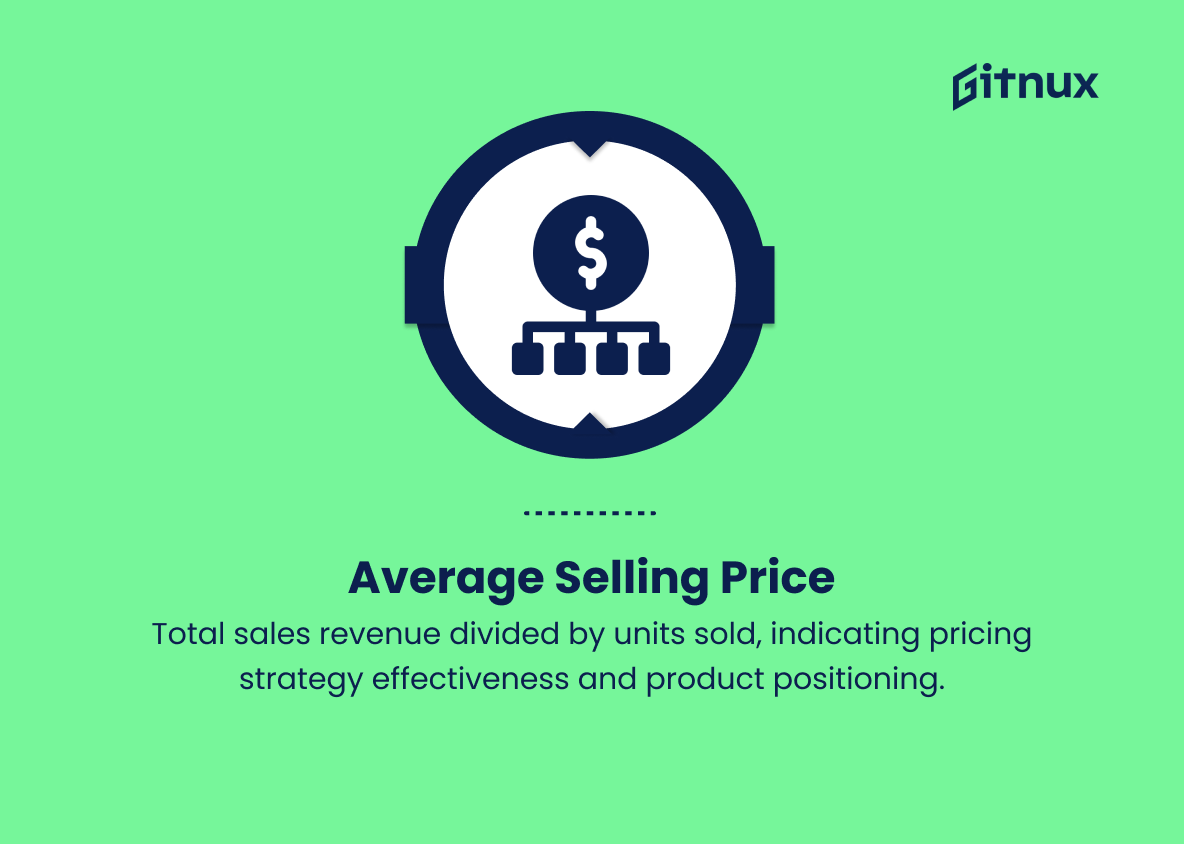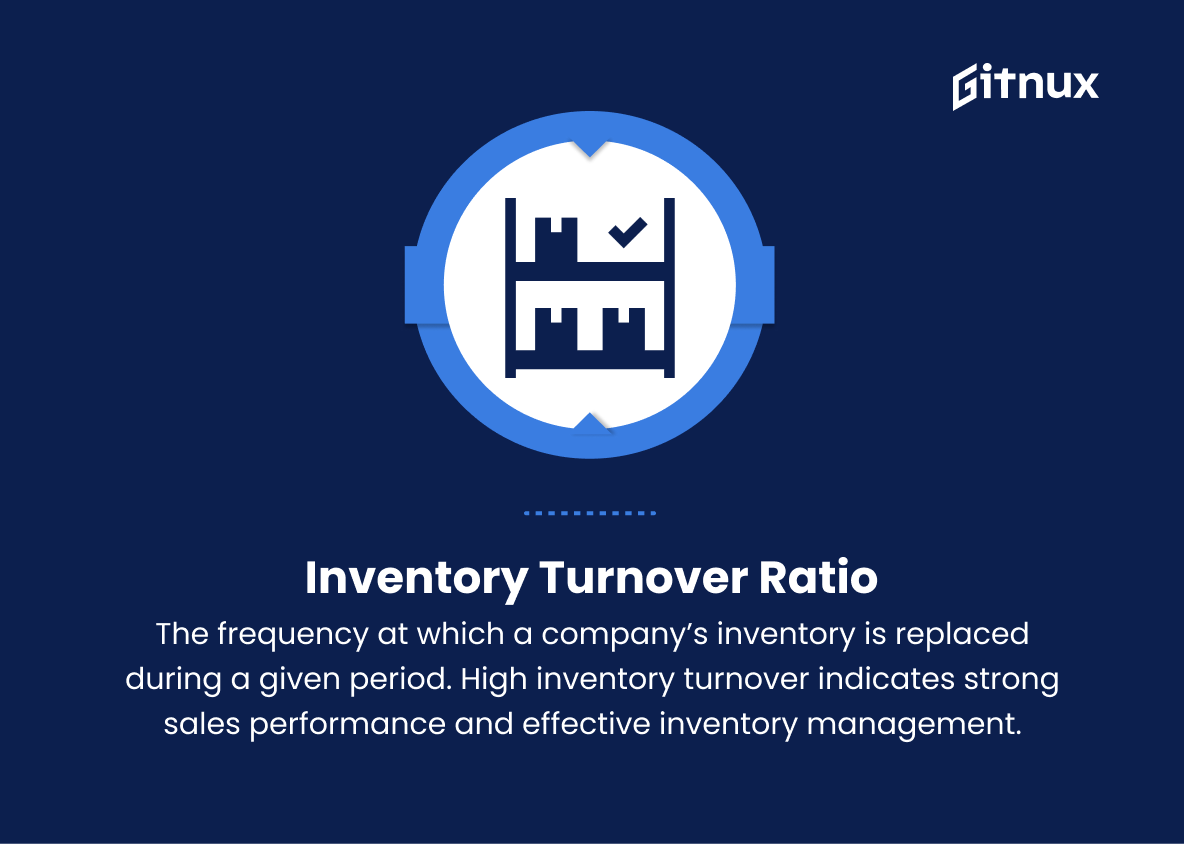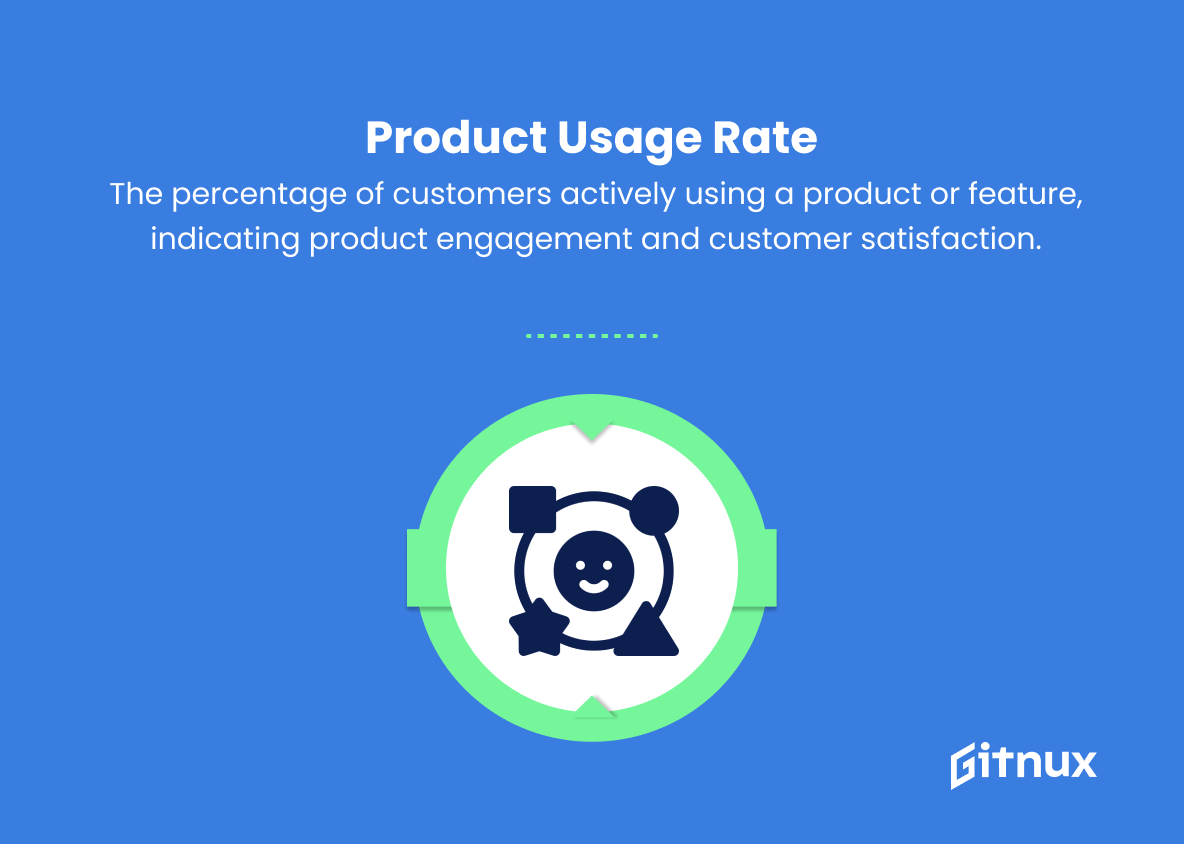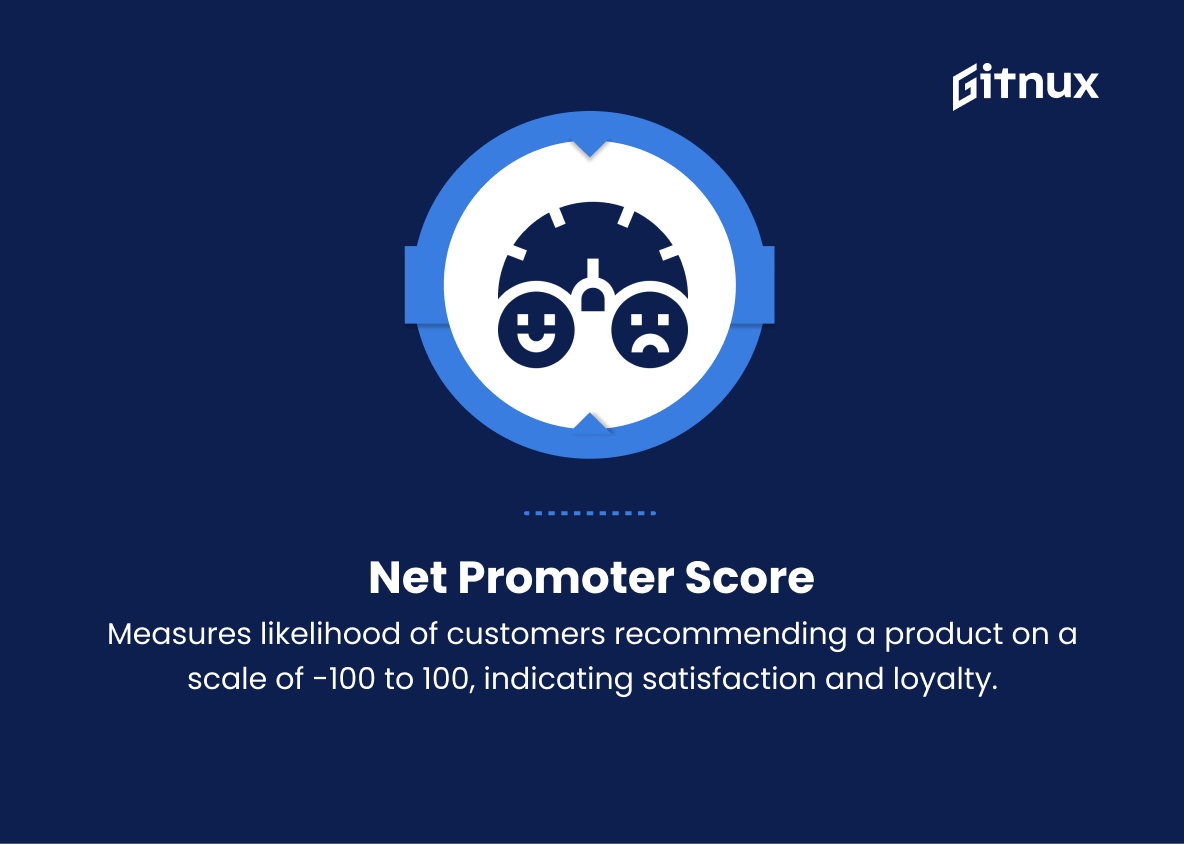In today’s competitive business environment, the ability to measure and track product success has never been more important. By diligently monitoring key performance indicators (KPIs), organizations can effectively assess the effectiveness of their products, identify areas for improvement, and make data-driven decisions to drive growth.
This blog post dives deep into the world of product KPIs, providing a comprehensive overview of their importance, the key KPIs to track, and expert strategies on how to use these metrics to cultivate a thriving and sustainable product roadmap. Whether you are a startup founder or a seasoned product manager, this resource will equip you with the essential knowledge and tools to make your product a resounding success.
Product KPIs You Should Know
1. Sales Revenue
The total income generated from the sale of products, indicating the overall financial performance of the product line.
2. Cost of Goods Sold (COGS)
The total cost of producing or acquiring a product, including materials, labor, and manufacturing overhead.
3. Gross Margin
The difference between sales revenue and COGS, expressed as a percentage. This KPI indicates the profitability of a product line and the efficiency of the production process.
In today’s highly competitive business landscape, the ability to measure and track product success has never been more critical.4. Units Sold
The total number of units of a product or product line sold during a specific time period, illustrating product demand and sales trends.
5. Average Selling Price (ASP)
The average price at which a product is sold, calculated by dividing total sales revenue by the total number of units sold. This KPI can show the effectiveness of pricing strategies and product positioning.
6. Product Return Rate
The percentage of products returned by customers due to defects or dissatisfaction, indicating product quality and customer satisfaction levels.
7. Inventory Turnover Ratio
The frequency at which a company’s inventory is replaced during a given period. High inventory turnover indicates strong sales performance and effective inventory management.
8. Revenue Growth Rate
The percentage increase in sales revenue over time, indicating the effectiveness of sales and marketing efforts.
9. Market Share
The percentage of the total market sales captured by a specific product, reflecting the product’s competitiveness and brand recognition in the marketplace.
Key Performance Indicators (KPIs) serve as crucial metrics that help businesses measure the success of various aspects of their products.10. Customer Acquisition Cost (CAC)
The average expense incurred to acquire a new customer, including marketing, sales, and customer support expenses. This KPI indicates the cost-effectiveness of customer acquisition strategies.
11. Customer Lifetime Value (CLTV)
The estimated total revenue generated from a customer during their entire relationship with the business. CLTV helps in understanding customer retention and loyalty, enabling businesses to invest appropriately in customer acquisition and retention strategies.
12. Product Usage Rate
The percentage of customers actively using a product or feature, indicating product engagement and customer satisfaction.
13. Net Promoter Score (NPS)
A customer loyalty metric calculated by measuring how likely customers are to recommend a product to others on a scale from -100 to 100. NPS indicates customer satisfaction and loyalty towards the product.
14. Conversion Rate
The percentage of potential customers who complete a desired action (e.g., making a purchase) after interacting with the product or marketing materials. This KPI is crucial for measuring the effectiveness of marketing strategies and product-related content.
15. Time to Market (TTM)
The length of time it takes to bring a new product to market from inception to commercial launch. A shorter TTM often leads to a competitive advantage, as a company can better respond to market trends and customer demands.
Product KPIs Explained
Key Performance Indicators (KPIs) serve as critical metrics that help companies measure the success of various aspects of their products. Revenue, COGS, Gross Margin, Units Sold, ASP, Product Return Rate, Inventory Turnover Ratio, Revenue Growth Rate, Market Share, CAC, CLTV, Product Usage Rate, NPS, Conversion Rate, and TTM are all important product KPIs that companies must track to gain insight into their product’s financial performance, profitability, demand, pricing, quality, customer satisfaction, inventory management, market competitiveness, acquisition and retention efforts, product engagement, marketing effectiveness, and rate of innovation.
By monitoring these KPIs, companies can identify strengths and areas for improvement and develop strategies to maximize product performance in the marketplace to ensure sustainable growth and success.
Conclusion
In summary, establishing and tracking product KPIs is critical to the success of any product. These metrics provide valuable insight into how your products are performing, helping you identify areas for improvement, evaluate the impact of changes, and drive continuous growth. By aligning product KPIs with overall business goals, teams are empowered to make data-driven decisions that directly contribute to business success.
As you refine and optimize your product’s performance, your company will reap the rewards of increased customer satisfaction, loyalty, and long-term growth. So invest the time and effort to identify, track, and analyze your product KPIs, as this focused approach will undoubtedly lead to the achievement of your company’s goals.
